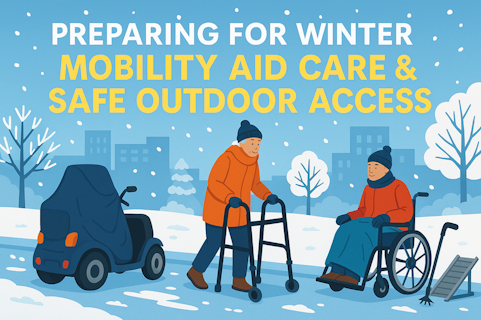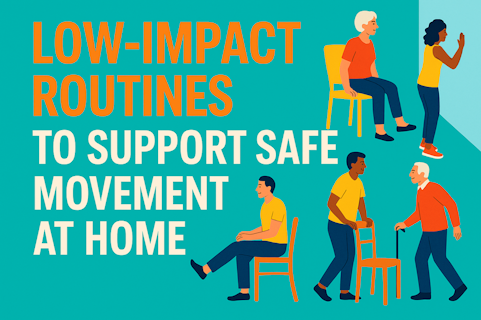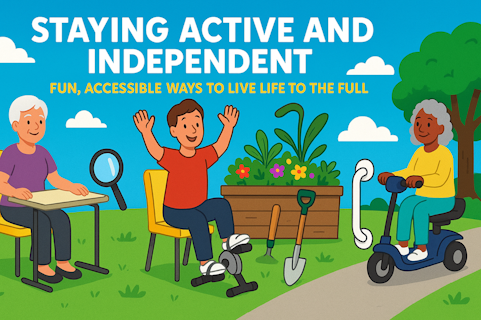
31 Oct 2025
For Help and Advice call: 01524 888453
Our blog30 Oct 2025
Bathing can become a daunting task when mobility is limited. But the good news is, you don't need a full bathroom remodel or expensive construction to make things safer, more dignified, and more manageable. With some smart tools, planning, and gradual changes, you can transform your bathing routine and significantly reduce risk. Below is a practical, step-by-step guide aimed at the end user (or their carer) who wants independence and safety, without upheaval.
Before buying anything, spend 10–15 minutes walking through the process in your mind (or with your carer). Ask:
You could also ask an occupational therapist (OT) to do a quick assessment. They can advise which aids will make the biggest difference, given your physical capabilities.
These are the inexpensive, relatively easy to fit or position, and immediately helpful.
Install grab rails near the bath, shower, and the path in/out. Some are screw-fixed; others are suction-mounted for more temporary use. These provide a steady point to hold onto when transferring or balancing.
Use non-slip bath mats inside the bathtub/shower to reduce slip risk. Outside the bath, place absorbent mats to catch water. Always clean underneath regularly so the grips stay effective.
These span across the bath’s width and allow you to sit and slide in, instead of stepping in. They’re handy for people who can’t lower themselves easily.
(For example: our Width Adjustable Bath Board with Handle )
If standing is difficult, a bath seat helps. You can choose a seat that rests on the bottom of the bath (raising you closer to rim) or a swivel seat that assists you in sitting with legs outside and then rotating in.
If your biggest challenge is simply stepping over the bath rim, a bath step can reduce the height difference. Some steps are adjustable in height.
(For example: Our Folding Bath Step)
These aids cost much less than a remodel, and many of them can be moved or removed if needed.
Once you’ve maximised the simple aids, you can consider ones that require a bit more setup.
A bath lift raises and lowers you gently into and out of the bath. For many people with limited mobility, this is a game changer, providing dignity and independence. Make sure the model you choose matches your weight, bath shape, and mobility.
(Examples: Mangar Bathing Cushion and the Mangar Archimedes Bath Lift)
Even the best aids are useless (or dangerous) if used incorrectly. Here are tips to get the most from them:
You don’t have to do everything at once. Here’s a suggested staged approach:
|
Stage |
Focus |
Example Aid |
|
Stage 1 |
Improve grip & stability |
Grab rails, non-slip mats |
|
Stage 2 |
Reduce movement / bending |
Bath board, bath seat |
|
Stage 3 |
Reduce step-in height |
Adjustable bath step |
|
Stage 4 |
Lift assistance |
Bath lift or reclining seat |
Start with what hurts or feels most unstable, then gradually add further aids as needed.
If, after using multiple aids, safety or convenience is still very poor, it might be worth considering a more structural change. Although these changes can cause potential temporary disruption in your home, the end results and improvements to comfort and mobility can be well worth any short-term inconvenience.
Examples of bigger changes:
Many people find they never need to go this far once they have a well-chosen mix of aids.
With thought, the right mobility aids, and patience, you can turn a stressful bathing routine into something far safer, more manageable, and even restful, all without doing a full-scale renovation.
31 Oct 2025
09 Sep 2025
02 Sep 2025

